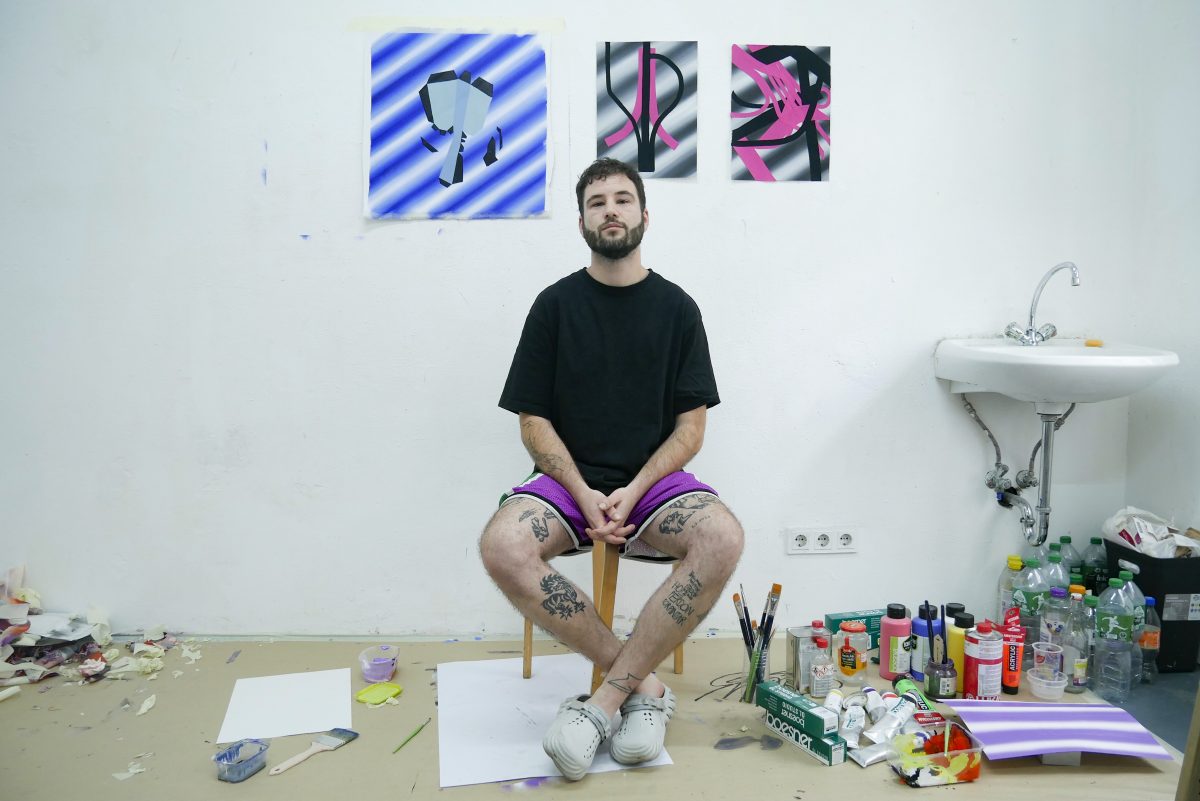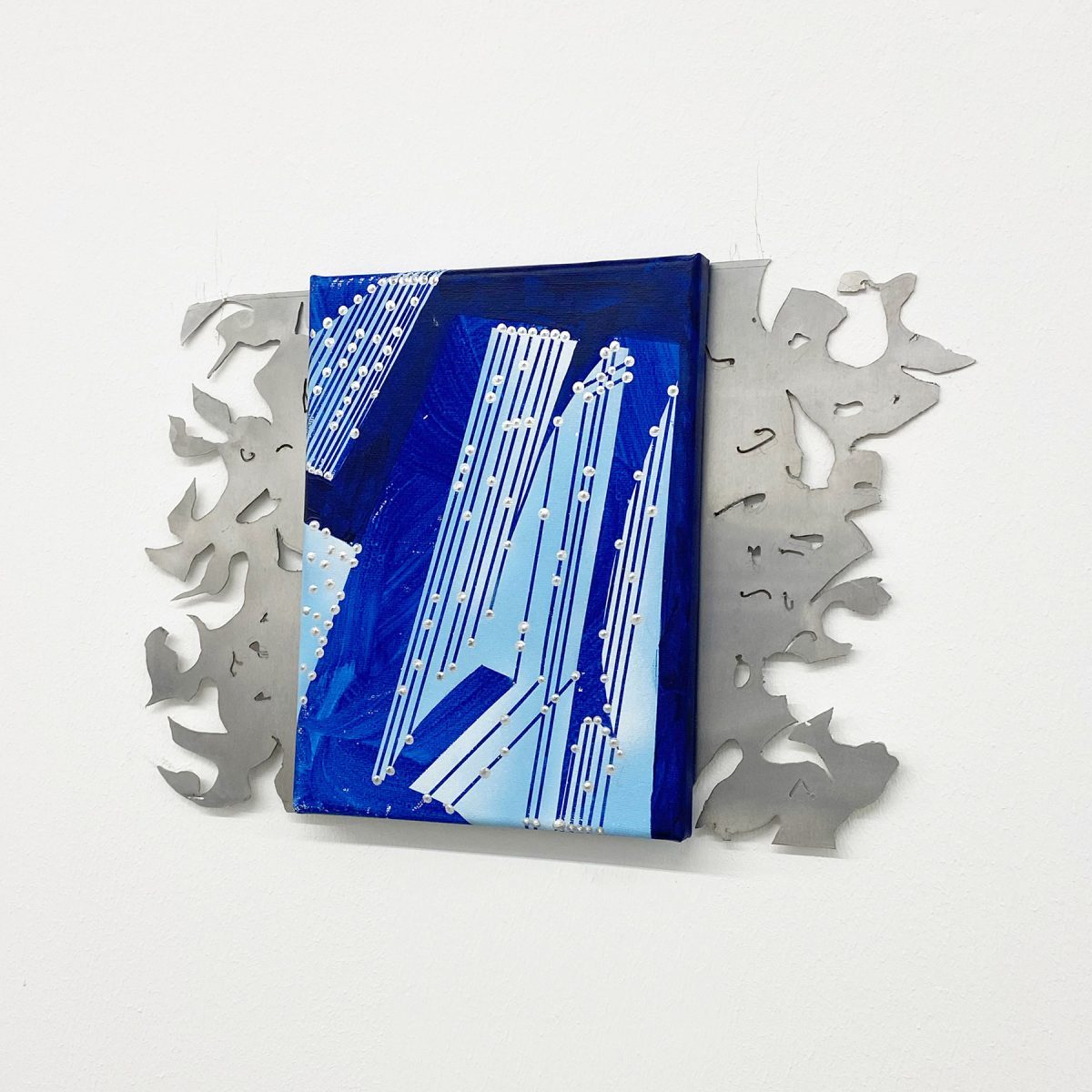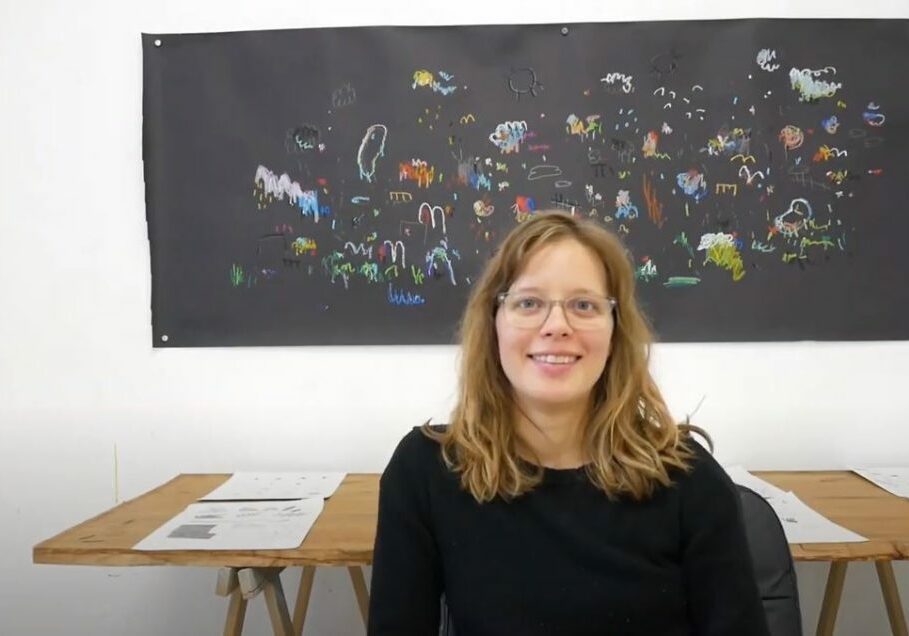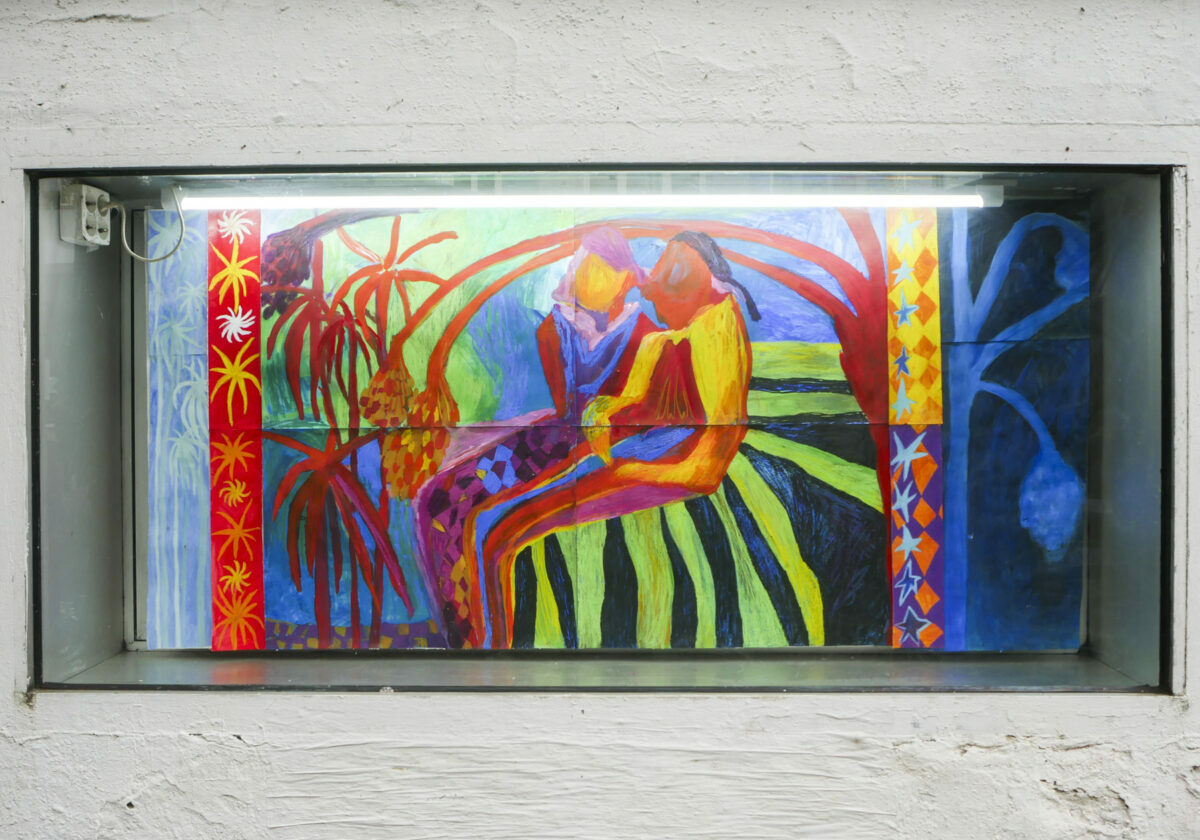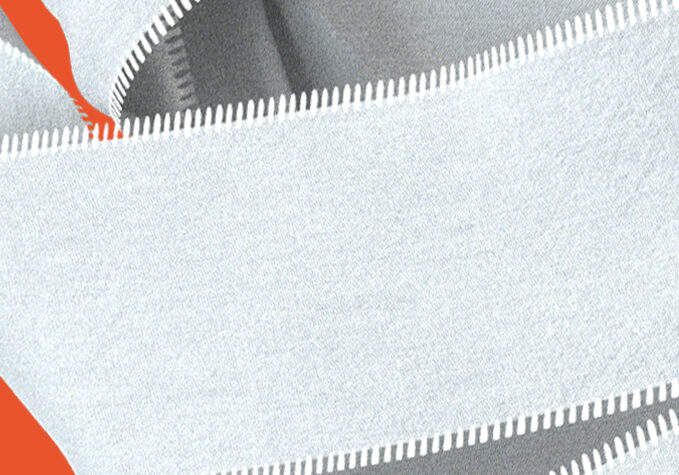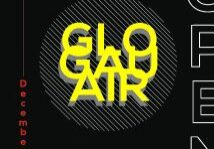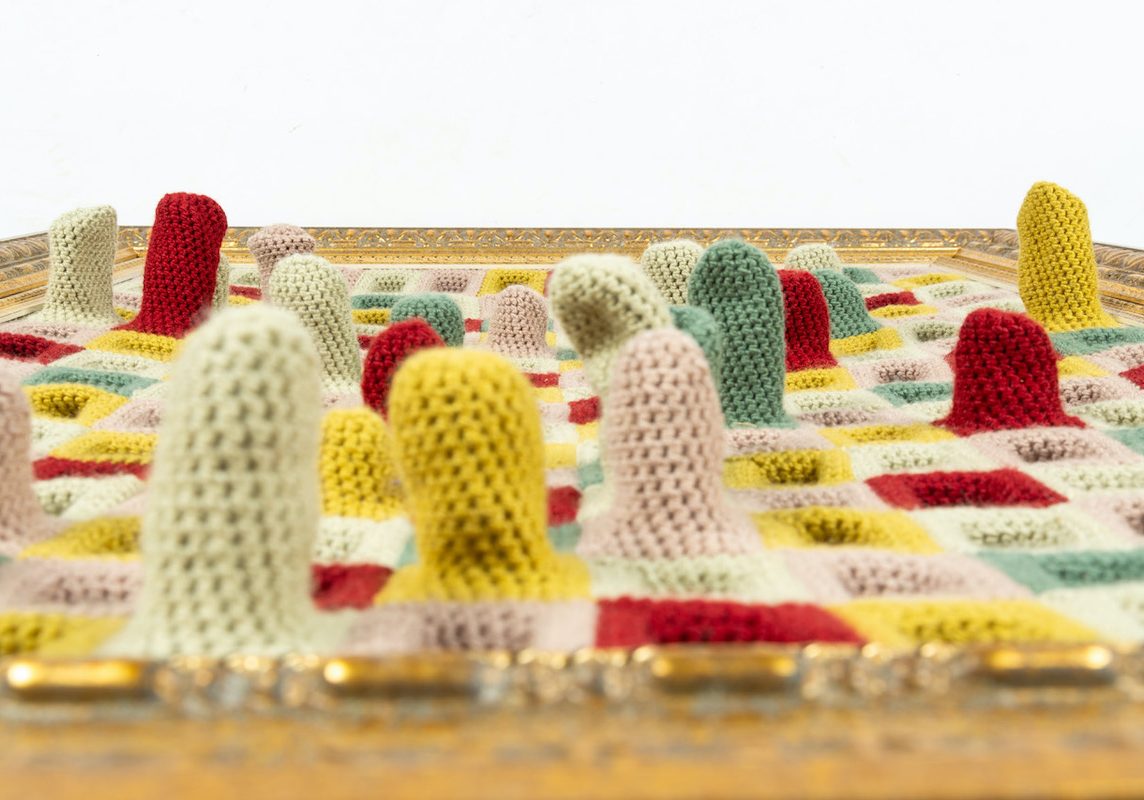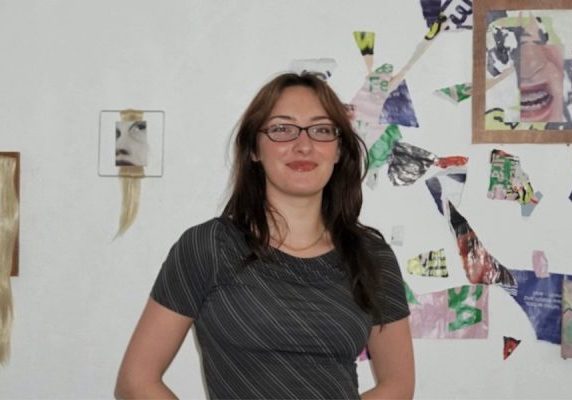Meet the Artist // Nestor Del Barrio
His pictorial and sculptural works in an aesthetic framework that reflects on industrial processes, the digital world and virtuality, using materials and parts of obsolete technological and industrial components to put them in dialogue with the most traditional artistic narratives of the landscape.
Can you give us an introduction about yourself and your practice?
My name is Néstor del Barrio, I’m from the north of Spain and live in Santander. I’m 29 years old and a multidisciplinary artist. I always begin my projects with research, using painting as my main exercise. I enjoy working with found materials and objects I discover in the street, incorporating them into my paintings or sculptures.
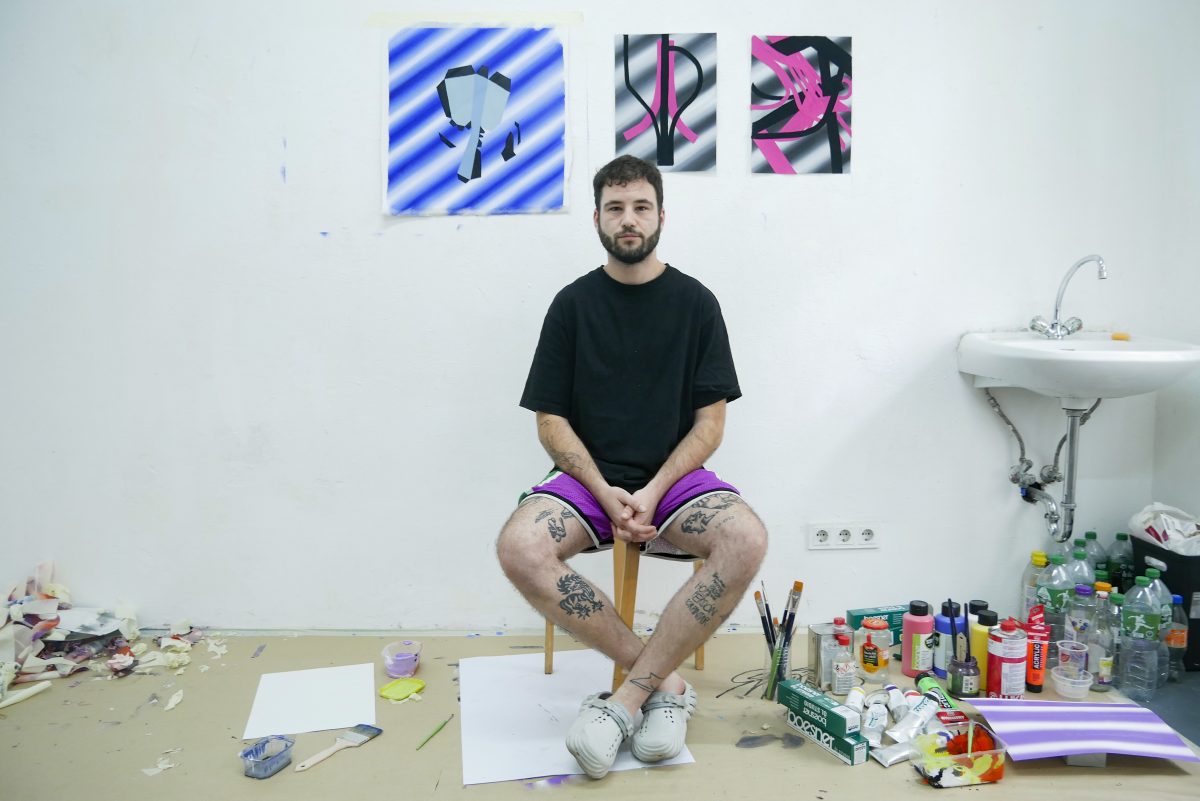
Tell us more about the technical and technological components behind your artwork.
I come from a family of car mechanics and have always been surrounded by various objects and parts throughout my life. Since childhood, I’ve been interested in how these objects are made and their different shapes.
My artistic practice today is greatly influenced by this background. I use materials that I find or dismantle from obsolete machines, such as phones or computers, to create specific artistic languages. I am particularly interested in reusing materials to give them new a life . We are currently in a time when excessive production of objects and the use of raw materials are harming the ecosystem. I think that this is the correct way in which I have to create my artistic work.
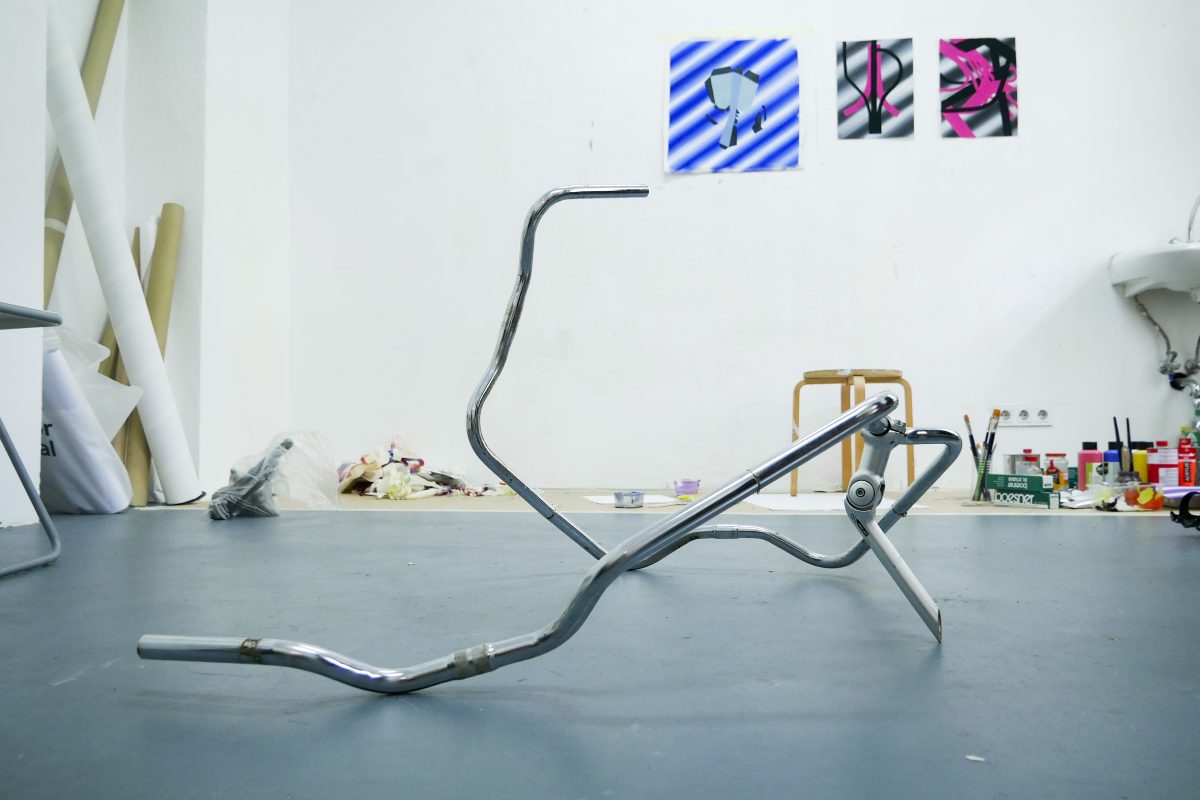
Who are some artists that have influenced your artistic practice?
I don’t have many specific references, but one artist who has influenced me is the Spanish painter Luis Gordillo. I’m interested in the evolution of his painting and the themes he explores. Another painter I admire is Eduardo Paolozzi. I appreciate the aesthetic approach of Paolozzi’s work, similar to Gordillo, but I’m more focused on the form and aesthetics rather than the concepts he used.
My biggest influence comes from elements I encounter in my everyday life—things I see on the street or during my walks, such as microchips, landscapes, cars, bicycles, and design posters from factories. I draw from these aesthetic forms to create my personal artistic language. I’m interested in developing a unique language from my own experiences rather than translating another artist’s work into my practice.
What is your relationship with the art market, and what do you think about it?
I’m currently working with Juan Silió Gallery, which has spaces in both Santander, my city, and Madrid. Through this gallery, I’ve participated in notable exhibitions in ArteSantander fair and at ESTAMPA fair in Madrid. I’m also involved with other galleries and artists in Spain, as well as in collective shows in countries like Morocco, Paris, and Germany, often working with groups outside my home country.
I believe that artists should not focus too much on the art market. Their primary focus should be on creating and developing their work, while galleries handle promotion and sales. Today, artists often find themselves juggling both their creative work and the responsibilities of marketing and selling their art, which complicates the process and takes time away from their creative practice.
How are you finding GlogauAIR as a resident? How is living with other artists?
I knew about GlogauAIR from other artists who had been here, either for a long or short time. I thought it would be a great opportunity to learn about the art scene in Berlin and gain insights into the art market.
The residency space is cool. We have a communal area for discussions and meetings, as well as personal workspaces. It’s very stimulating to be in close proximity to other artists, discussing each other’s work and exchanging ideas and concepts.
Living in a residency like this offers a fresh perspective on my work, overall, it’s been a very positive experience.
How do you like it in Berlin, and how do you feel it’s influenced your artwork?
First of all, my work always begins by collecting objects that I find on the street. When I arrived in Berlin, I started exploring the city during my first week, looking for interesting items or materials. I began gathering things I found, including discarded objects, which I used to inspire and develop the project I’m currently working on during this residency.
The city influences me significantly through how I navigate it—whether by bicycle, bus, or train. This way of moving through Berlin impacts the kind of art I’m creating here, understanding my own body as an object and its relationship with the city.
What plans do you have after the residency?
When I return to Santander, I want to start working with the new influences I’ve gained from this experience and try to improve my recent work. I see this residency as a period of evolution because being out of my comfort zone here feels like an exercise, and it’s likely that my work will change as a result. I plan to experiment with a new direction in my sculptures and paintings.
I would also like to find a way to stay connected with Berlin and continue exhibiting or working with galleries or curators interested in my work. While I know the art scene in Spain well, I’m excited to explore new rhythms and relationships within the art space, as this feels more stimulating to me.
